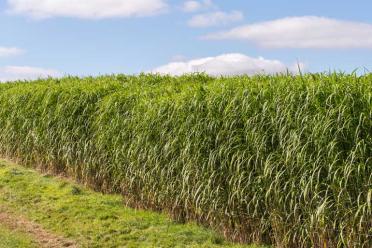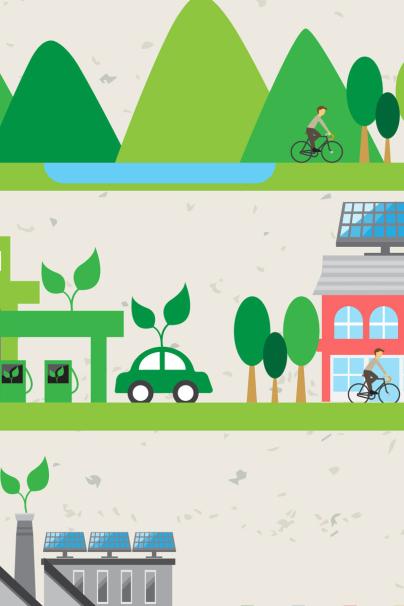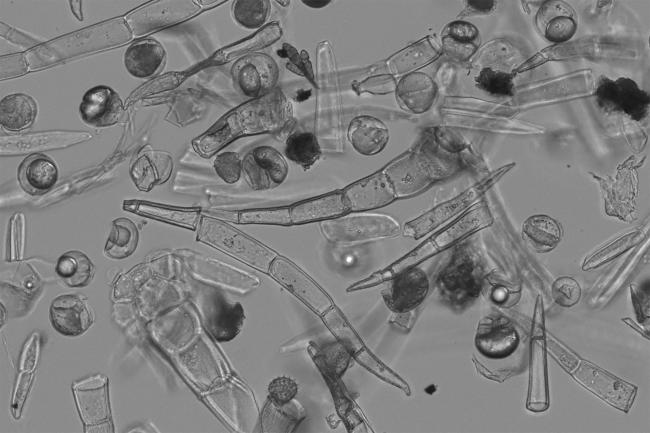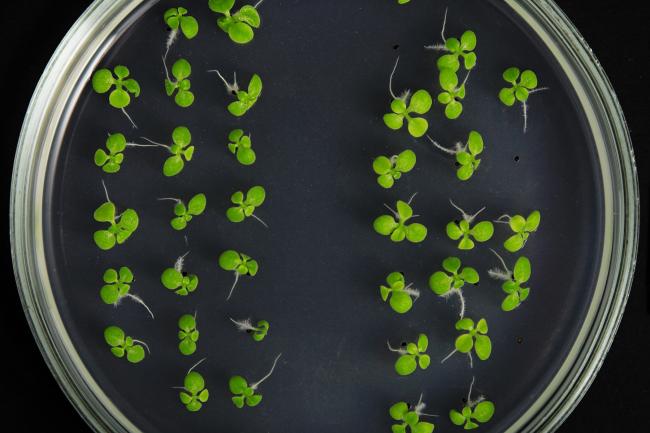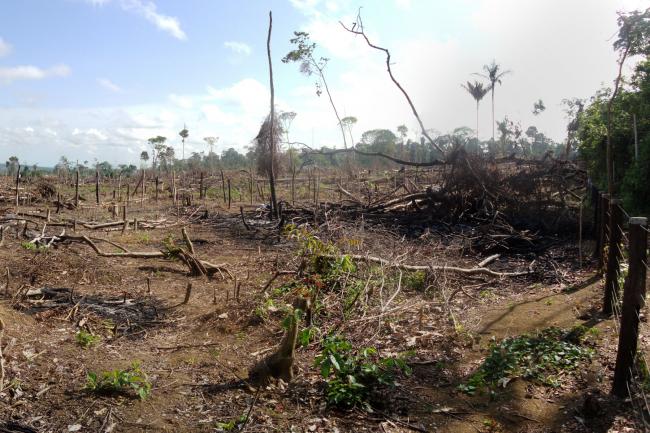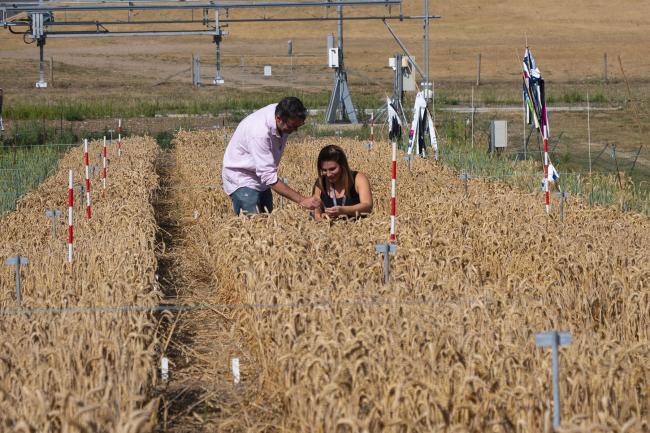
With our greenhouse emissions reaching an all-time high, climate change is more critical than ever. The UN climate change conference in Paris in December 2015 promised united action across the globe, but how can grass help?
Sure, there are many ways to cut the emission of greenhouse gases, but many of these involve radical economic/industrial changes that have been historically sidelined. Meanwhile, immediate actions are needed.
To end the high-emission fossil fuel era, solutions involving wind, sea, and geothermal and solar power each have their place, but biofuel solutions may well be more suitable for large-scale deployment in the BRICS economies (Brazil, Russia, India, China, South Africa).

The successful Brazilian ethanol infrastructure, based upon sugar cane waste products, proves that biofuels can effectively replace petrochemicals. There might now be an alternative crop to sugar cane, more widely suitable for large scale production, and devoted entirely to biofuel – Miscanthus – a relative of the sugar cane.
It’s the bio part of biofuel which is interesting; it means that we can apply the work done in biological sciences across the world to bear on the climate problem. Biofuels are sustainable energy – a cycle where the emissions from the burn are compensated by the re-absorption of the CO2 during the plant growth, approaching emission neutrality.

The USA is responsible for the largest emission of greenhouse gases, but is also the developed country with the largest investment in biofuels.

Miscanthus is a perennial crop with particularly fast growth, due to its C4 photosynthesis. C4 plants take up CO2 faster than most plants, which have photosynthetic machinery that is less efficient under high solar exposure. Miscanthus packs carbon into large, thick stems that can be harvested from marginal land, to grow back from the roots with the same rapidity.
In addition, Miscanthus can be raised on marginal land, completely separate from food crop production, another valuable trait in a biofuel crop.
The stems would typically be ‘digested’ in a modified composter, to break down the woody stem bulk into combustion fuel such as ethanol. This is relatively cheap and simple to set up
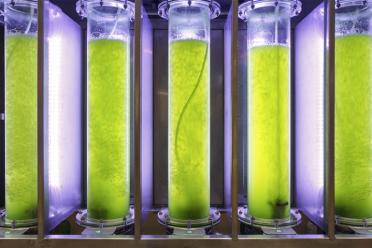
So why haven’t we all heard of Miscanthus before?
Until recently, this crop has not been suitable for the job. The most promising natural hybrid species is sterile, so that would need to be distributed as live clones, like roses are propagated, with all the expense of production and logistics making this unfeasible in less wealthy nations on an agricultural scale.
Now, though, researchers at the Earlham Institute and IBERS have recreated the hybrid and obtained seed that can be used in open pollination, making it economically viable.
The USA is responsible for the largest emission of greenhouse gases, but is also the developed country with the largest investment in biofuels. Possibly then, this is where Miscanthus could make its largest impact on carbon neutrality.
It’s clear that we need to try new ways to meet the terms agreed in the recent Paris Climate Agreement; to achieve ‘balance’ between emissions and sinks of greenhouse gases before 2050.
